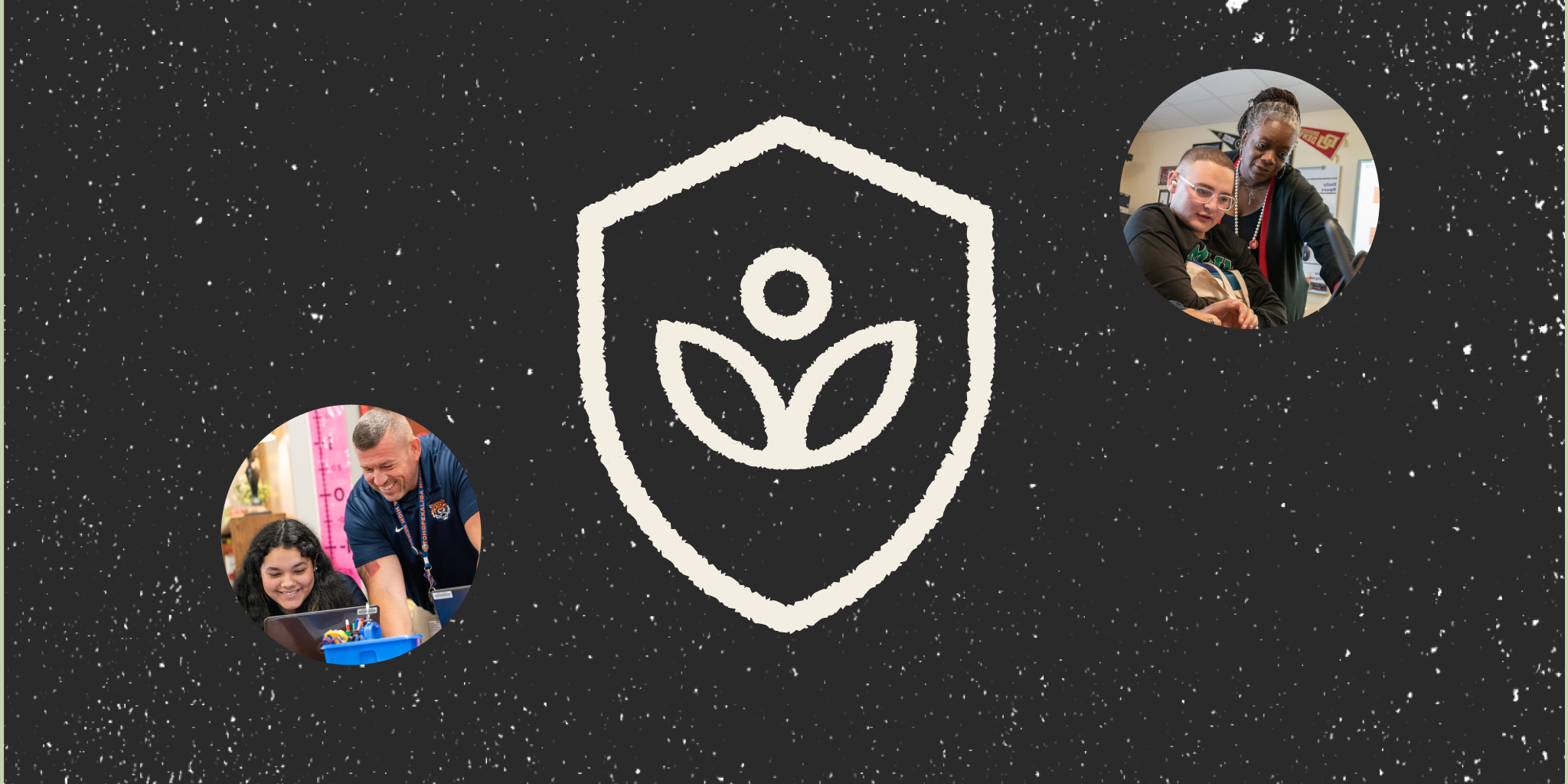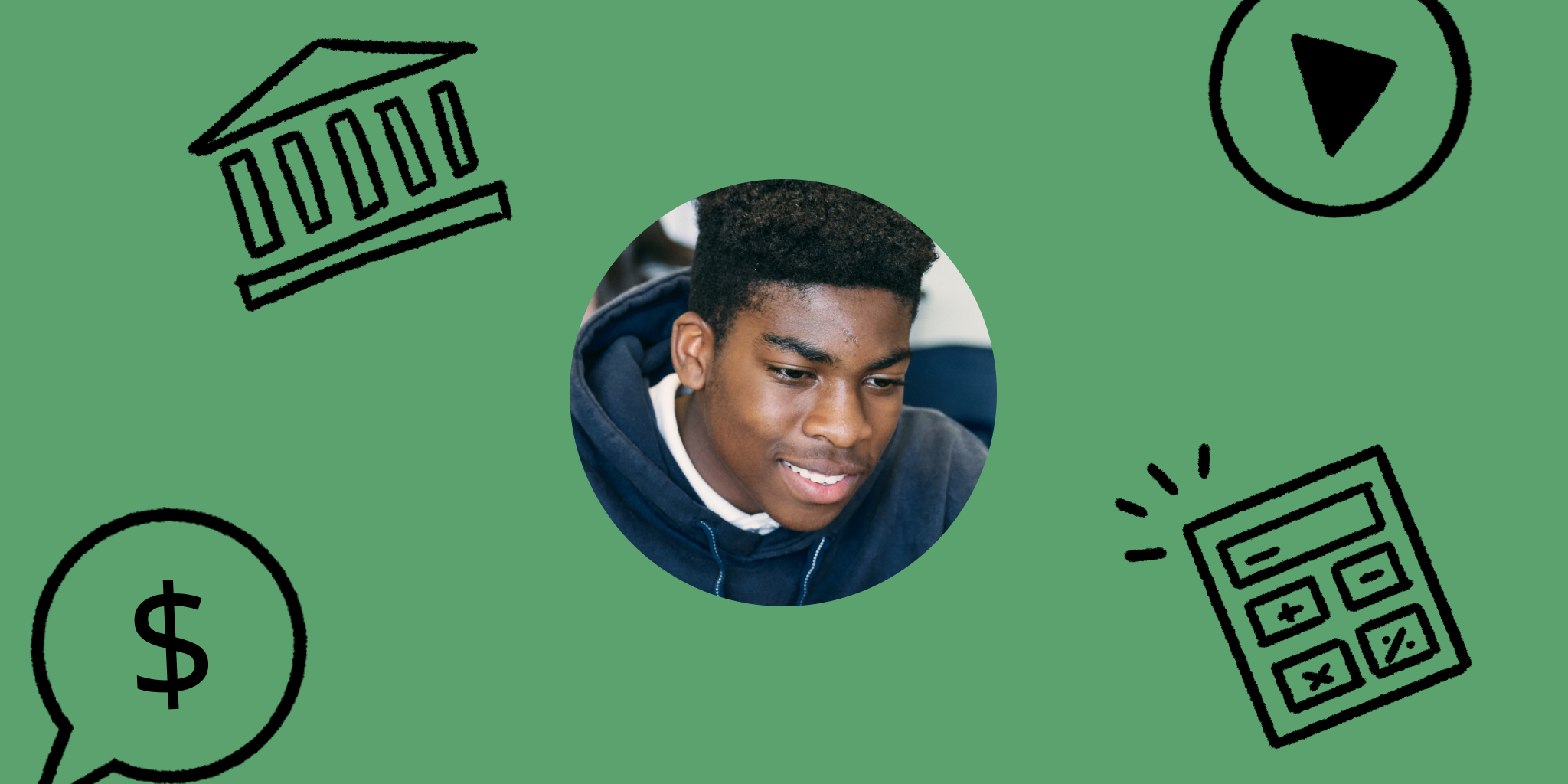The last in a four-part series about the science of learning
by Kristen DiCerbo, chief learning officer.
Khan Academy famously got started with Sal making videos in his closet to help his cousins with math. We’ve kept a lot of that informal feel to our videos that Sal had back then, and we’ve also looked to research to tell us how to make videos that are most likely to help students learn.
A researcher named Rich Mayer, with his students and colleagues, has developed an entire program of research investigating how to best design digital learning experiences. They have a lot of guidance about making good videos that combine pictures, text, and audio. Here are some of the key areas we rely on:
You’ve Got a Friend
I’m sure if you’re a regular Khan Academy user, you’ve enjoyed the friendly, relaxed tone that Sal (and our other video narrators) use. It turns out that research suggests people learn better when narration is given in a conversational style, rather than a formal style. Learning is in many ways social. Researchers hypothesize that a more informal style of narration makes students feel like they have a partner in learning who is helping them, rather than someone who is judging them. Mayer calls this the personalization principle.
You Can Only Process So Much Information at a Time
Mayer’s research has found that people learn better when they control the pace of information and when it is viewed in pieces rather than one continuous unit. Based on this, Khan Academy learners can use speed controls, pausing, rewinding, and stopping as needed when watching videos. In addition, we’ve broken content up into chunks, with videos averaging six to nine minutes so users get a natural pause between topics. Ideally, this is when learners do a practice exercise to apply what they saw in the videos.
You Can Only Pay Attention to So Many Things at a Time
It is more difficult for the brain to process written words and illustrations (two visual inputs) simultaneously, than it is to process spoken works and illustrations (one audio and one visual input). Therefore, if illustrations are important in the video, we try to keep text to a minimum. It is also difficult to process text and spoken words when they happen together but say different things. As a result, we try to make sure that the text we are writing on the screen matches the words being said in the narration at the time. Below is a screenshot from a lesson on ratios in our sixth grade math course. You can see the limited text, and in the video, Sal writes the words you see as he says them, so the narration matches the text.
Where Should You Look?
You know that little circle or cross that follows along as the narrator speaks? (See the cross next to “labor union” in the screenshot below that is circled in red.) That’s important for showing users where to focus. Often, screens contain a lot of information and it can be difficult to know where to look or what the narrator is referring to. This may not be a big thing, but pointing out where to focus helps us learn. Mayer calls it the signaling principle.
So, given all of this, as you’re watching our videos:
- We hope you feel like we’re in this learning activity with you.
- Follow along with the visual cue of where to look.
- Know that we’re being thoughtful about matching text and audio.
- Focus on a video then do some practice exercises (instead of watching video after video after video).
I hope you’ve enjoyed this four-part series on learning science at Khan Academy. Here are the previous posts:
Part 1 – An Introduction to Learning Science at Khan Academy
Part 2 – How Khan Academy Helps People Learn




